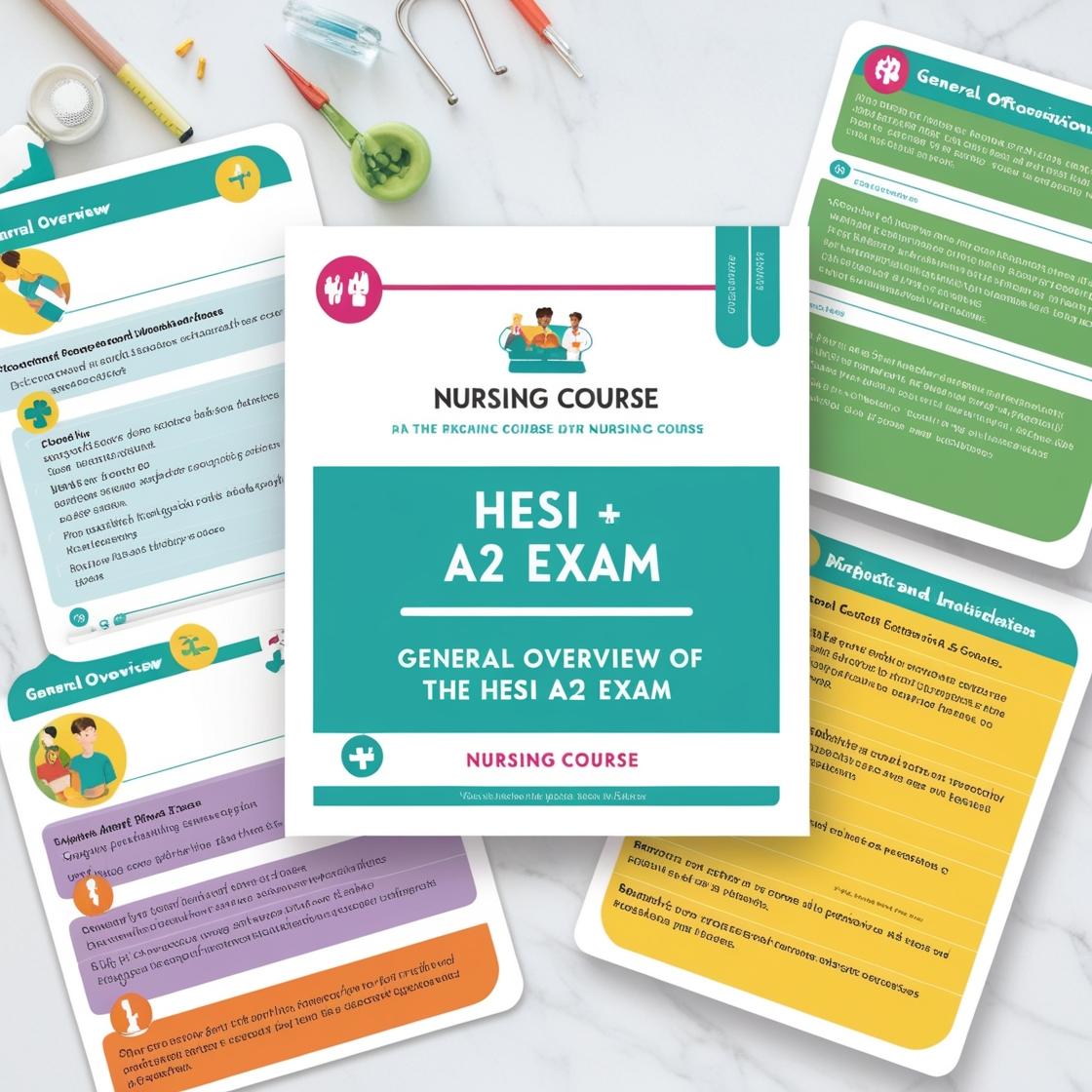HESI A2
HESI A2 Physics Quizlet
1. In a parallel circuit, the ___________ through each component is the same.
- A. current
- B. voltage
- C. resistance
- D. wattage
Correct answer: A
Rationale: In a parallel circuit, the current through each component is the same. This is because the components in a parallel circuit are connected across the same voltage source, so they all experience the same voltage across their terminals. The total current entering the parallel circuit is then split up among the various components, but the current through each component remains the same as the total current. Choices B, C, and D are incorrect. In a parallel circuit, voltage across each component may vary, resistance may differ, and wattage is related to power, not the equality of current through each component.
2. The triple point of a substance is the specific temperature and pressure at which all three phases (solid, liquid, and gas) can coexist in thermodynamic equilibrium. Which of the following statements about the triple point is true?
- A. It can vary depending on the container size.
- B. It is a unique point for each pure substance.
- C. The pressure at the triple point can be zero for some substances.
- D. The temperature at the triple point can be above the boiling point of the liquid phase.
Correct answer: B
Rationale: The triple point is a unique temperature and pressure where all three phases (solid, liquid, and gas) of a pure substance can coexist in equilibrium. It is a constant for each substance and independent of container size. Choice A is incorrect because the triple point is a fixed point regardless of the container size. Choice C is incorrect as the pressure at the triple point is specific for each substance and will not be zero unless the substance has unique properties. Choice D is incorrect since the temperature at the triple point is precisely defined and cannot be above the boiling point of the liquid phase.
3. The Reynolds number (Re) is a dimensionless quantity used to characterize:
- A. Fluid density
- B. Flow regime (laminar vs. turbulent)
- C. Surface tension effects
- D. Buoyancy force magnitude
Correct answer: B
Rationale: The Reynolds number is a dimensionless quantity used to characterize the flow regime, specifically whether it is laminar (smooth) or turbulent (chaotic). It depends on the velocity of the fluid, its characteristic length (such as pipe diameter), and its viscosity. A low Reynolds number indicates laminar flow, while a high Reynolds number suggests turbulence. Choices A, C, and D are incorrect because the Reynolds number is not related to fluid density, surface tension effects, or buoyancy force magnitude.
4. When light travels from air into a denser medium like glass, its speed:
- A. Increases
- B. Decreases
- C. Remains constant
- D. Becomes unpredictable
Correct answer: B
Rationale: When light travels from air into a denser medium like glass, its speed decreases. This is because the higher refractive index of the denser medium causes light to slow down as it propagates through the medium. Choice A is incorrect because the speed of light decreases in a denser medium. Choice C is incorrect because the speed of light changes when it enters a denser medium. Choice D is incorrect because the change in speed is predictable based on the refractive index of the medium.
5. What is the diameter of a loop if its radius is 6 meters?
- A. 6 m
- B. 12 m
- C. 18 m
- D. 36 m
Correct answer: B
Rationale: The diameter of a loop is calculated by multiplying the radius by 2. Since the radius is 6 meters, the diameter is 6 × 2 = 12 meters. Therefore, the correct answer is 12 meters. Choice A (6 m) is the radius, not the diameter. Choices C (18 m) and D (36 m) are incorrect as they do not reflect the correct calculation for determining the diameter of a loop.
Similar Questions

Access More Features
HESI A2 Basic
$89/ 30 days
- 3,000 Questions with answers
- 30 days access @ $89
HESI A2 Premium
$129.99/ 90 days
- Actual HESI A 2 Questions
- 3,000 questions with answers
- 90 days access @ $129.99
